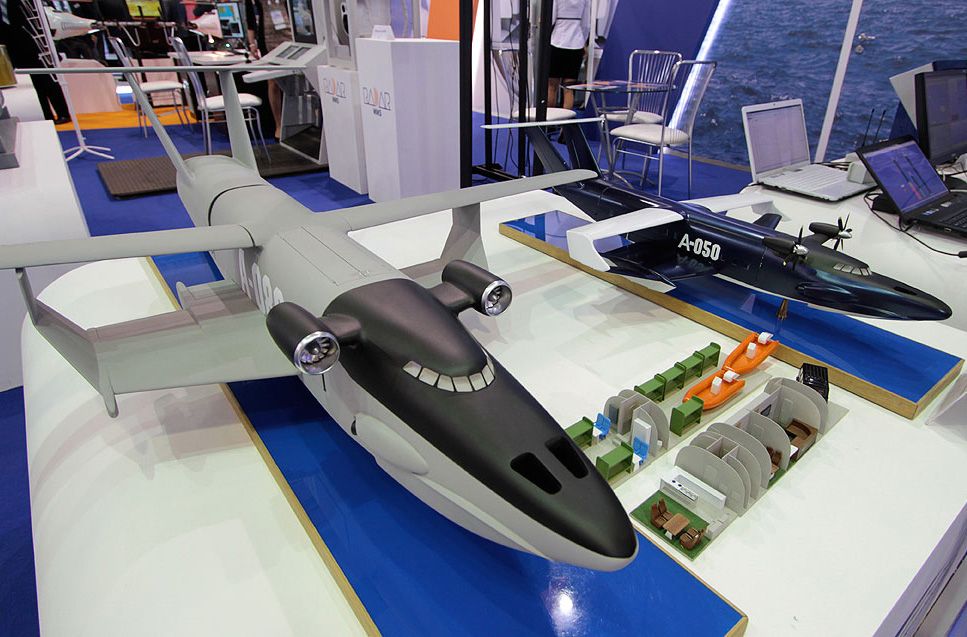Planes, Ships…and Caspian Monsters
Russia rethinks how to rescue returning cosmonauts
/https://tf-cmsv2-smithsonianmag-media.s3.amazonaws.com/filer/60/a0/60a01ec8-4e94-46f8-be8c-a32b7437505b/il-76md_transport.jpg)

The anticipated move of Russia’s space launches from the Baikonur cosmodrome in Kazakhstan to a new site in the Russian Far East will mean a dramatic change in the way cosmonauts are rescued after a space mission.
For decades, cosmonauts returning to Earth in Soyuz capsules have parachuted down to the wide-open grasslands of Kazakhstan. Because the region is flat and sparsely populated, rescue teams didn’t have to worry about retrieving the crews from mountains, forests or choppy seas. But starting as early as 2018, according to official plans, with the anticipated move of launches from Kazakhstan to the Vostochny cosmodrome in the Russian Far East, cosmonauts will fly over thick Siberian taiga for the first 1,000 kilometers of their ride to orbit, followed by 6,000 kilometers of ocean. By the time the Soyuz reaches orbit, it will be over the central Pacific Ocean near the equator, halfway between South America and New Guinea.
Search and rescue teams will have to be on standby for every launch, prepared to reach any of those locations as quickly as possible. Unlike NASA, which relied heavily on the U.S. Navy to assist with ocean splashdowns during the Apollo era, the Russian space program has to be more self-reliant—today’s Russian Navy doesn’t have aircraft carrier groups scattered around the globe.
Russia’s prime manned space flight contractor RKK Energia has considered alternatives to ships, including helicopters and long-range aircraft that could deliver rescue boats to the splashdown area. Planners have looked particularly at the Il-76MD transport plane and the Tu-142 long-range bomber.
They’ve also been considering exotic hybrids of ships and aircraft known in Russia as ekranoplans or ground-effect vehicles (GEVs). These are descendants of the so-called “Caspian monster” developed during the Cold War, which was designed to skim along the water at tremendous speed, taking advantage of the aerodynamic interaction between its large wing and the ocean surface. The Russian company that built the original GEVs showed several next-generation concepts for such vehicles at last year’s Moscow Air and Space Show.
The new search and rescue systems will have to be in place by the time the first manned mission lifts off from Vostochny, sometime between 2018 and 2020.
/https://tf-cmsv2-smithsonianmag-media.s3.amazonaws.com/accounts/headshot/AnatolyZak.jpg)
/https://tf-cmsv2-smithsonianmag-media.s3.amazonaws.com/accounts/headshot/AnatolyZak.jpg)